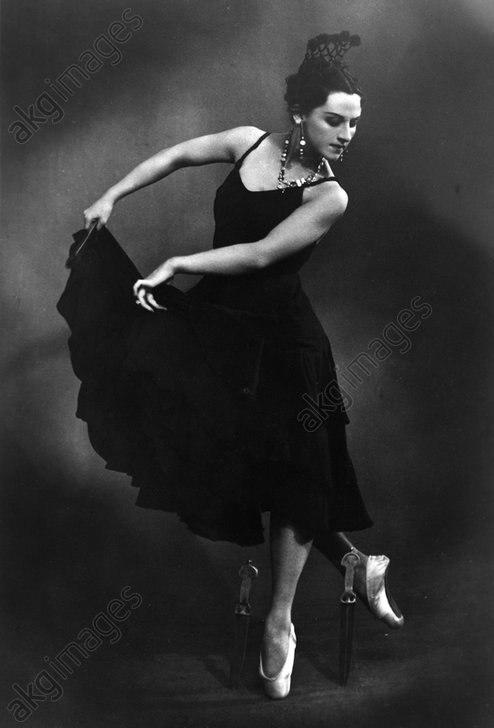Ballerina Alla Shelest monument in Volkovo cemetery

Ballerina Alla Shelest monument in Volkovo cemetery
According to Mstislav Rostropovich, Shelest was “bright on the stage and closed in life”. And the legendary Plisetskaya considered her one of the best dancers she had ever seen.
Alla Shelest was an outstanding classic ballerina of a romantic, heroic and tragic plan. But a rare ballerina was not so unlucky as Shelest.
At the age of fifteen, Shelest came to the class of Vaganova. The change in aesthetic and pedagogical requirements was too harsh and could not help leaving a trace … In the theater Shelest expected even greater difficulties. The life of a great ballerina was not strewn with roses. During the war she lived and worked in a besieged city, every day faced starvation and shelling in blocked Leningrad. For sixteen years she was doomed to duplicate the first performer of new parties … Nevertheless, Shelest achieved much. ”
According to famous ballerina Galina Ulanova, each performance of Shelest – not only the talent of the ballerina, but also the mind, and the great inner culture of the true artist. The ballerina is tragic and inspired, and always recognized by emotionality and selflessness of the dancer.”

Born on February 26, 1919 in Smolensk, she studied at the Leningrad Art College, where her teachers were E. P. Gerdt and A. Ya. Vaganova. In 1937-1963 she was a ballerina of the Leningrad Academic Opera and Ballet Theater named after SM Kirov.
Talented ballerina, she was also active as a teacher – taught at the Leningrad Academic Art School named after A. Ya. Vaganova (1952-1955). Later, in 1959-1963, she was a ballet master and tutor at the Leningrad Academic Opera and Ballet Theater named after SM Kirov. Then, she worked abroad – at the Budapest Opera and Ballet Theater (1970) and at the Aterballetto in Reggio nel Emilia, Italy (1971). Later she had the status of “guest professor” – a visiting teacher. She worked in various companies, including the Mariinsky Theater (1989-1994).
In 1970-1973 she was the chief choreographer of the Kuibyshev Theater, and staged ballets Swan Lake and Giselle.
Alla Shelest lived in St. Petersburg in house number 5 on Kuibyshev Street, in front of the Matilda Kseshinskaya mansion. She was married twice: her first husband was the famous Soviet choreographer Yuri Grigorovich. The second time the ballerina married Rafael Vagabov.
Alla Yakovlevna passed away on December 7, 1998, in St. Petersburg, buried at the Literary Bridge of the Volkov Cemetery in St. Petersburg.
Ballerina Alla Shelest monument






















